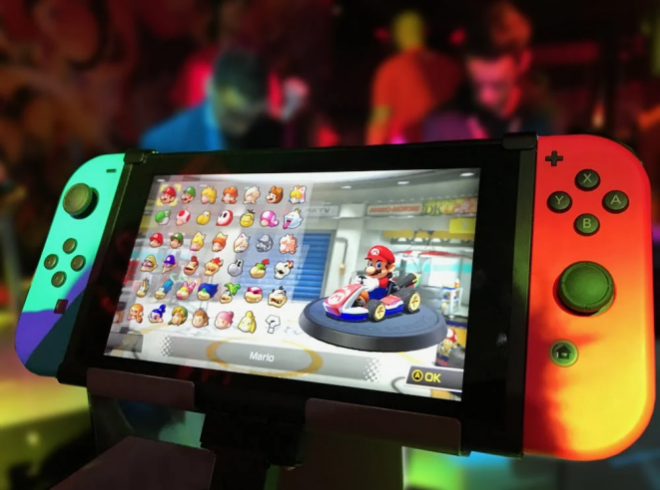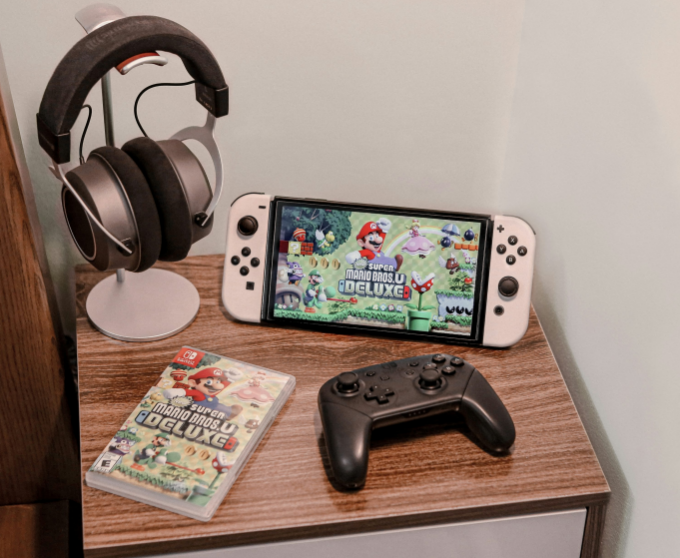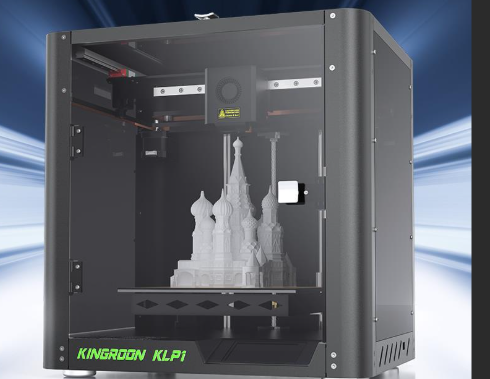A new era of integrated games
In the long history of the development of game machines, portability and home use have always been two parallel routes. It was not until the appearance of Nintendo Switch that these two paths were truly seamlessly integrated, creating an unprecedented game experience with a sense of science and technology. It is not only a game machine, but also a revolutionary design and technology concept. The appearance of Switch challenges our traditional understanding of the game mode.

The core technology of Switch lies in its unique hybrid design. It is not only a portable tablet device with a high-definition screen and a built-in battery, but also an accessory called Dock, which can instantly become a home game console connected to a TV. Behind this plug-and-play switching mode is the cooperation of sophisticated hardware and software. When the host is plugged into the base, it will transmit data and video signals to the TV through the USB-C interface, and automatically switch to the TV mode with higher performance; When the host is taken out of the base, it will quickly switch back to the portable mode and display the picture on its own screen. This seamless experience is the biggest charm of Switch.
In addition to the host itself, the Joy-Con handle of Switch is also an important part of its technological innovation. This pair of detachable small controllers, each of which integrates a large number of high-tech components. They not only include traditional buttons and joysticks, but also have built-in gyroscopes and accelerometers to support somatosensory operation. What's even more amazing is that the Joy-Con handle is equipped with HD rumble function. This kind of vibration feedback is not a simple hum, but can simulate the subtle touch, such as the real feeling of ice shaking in the cup and water droplets falling from the sky. Through precise linear actuators, it realizes richer tactile feedback and greatly enhances the immersion of the game.

In terms of performance, the hardware configuration of Switch has been designed with balance in mind at the beginning. It is equipped with a customized NVIDIA Tegra processor, which can strike a clever balance between power consumption and performance. In handheld mode, the processor runs at a lower frequency to save power; In TV mode, it can release higher performance and output finer pictures. This scalable performance design enables developers to flexibly optimize the game screen and frame rate according to different game scenes, ensuring a smooth game experience in different modes.

Nintendo Switch's success does not rely solely on powerful hardware performance, but comes from his deep insight into the game experience itself. It breaks the limitation of space and time, and allows players to share the fun of the game with friends anytime and anywhere, or immerse themselves in the grand virtual world alone. It represents a new game philosophy: games should not be confined to the living room or desk, but should become a part of our lives and be within reach at any time and place.
(Writer:Cily)





